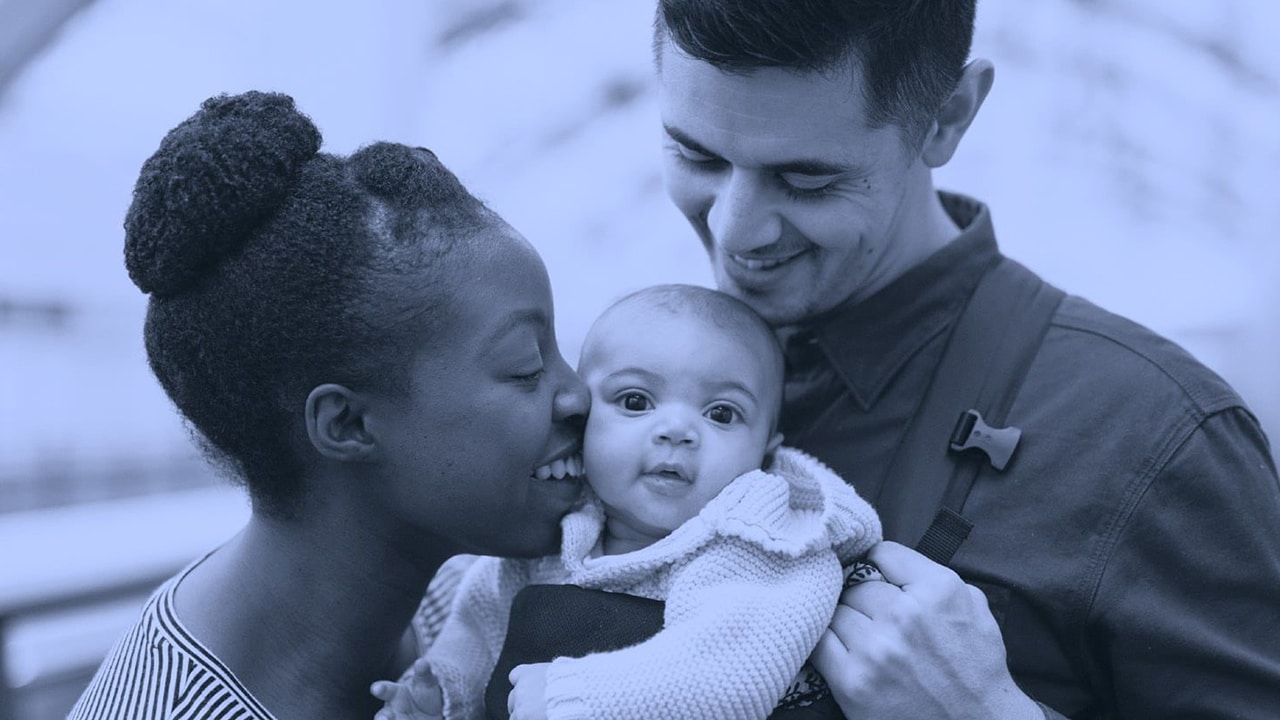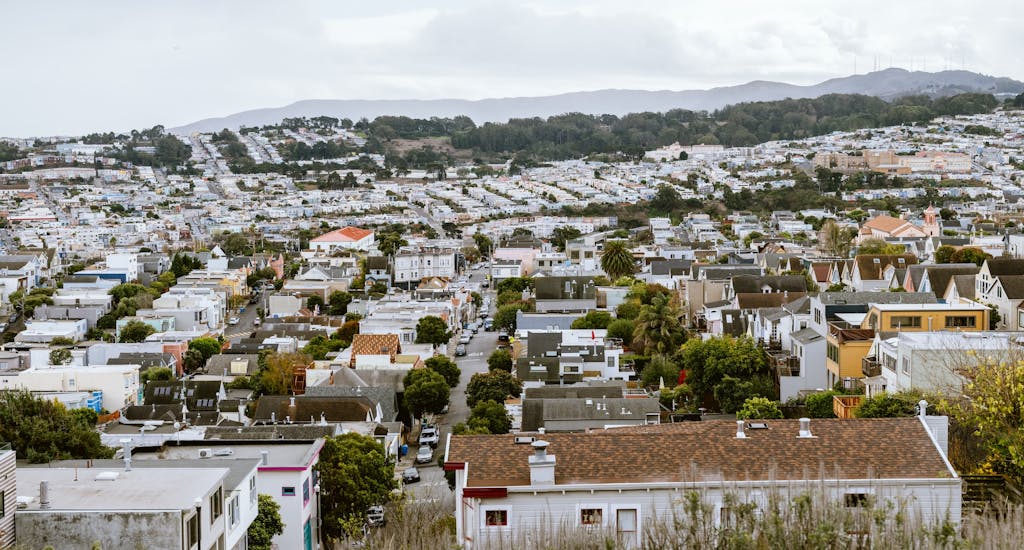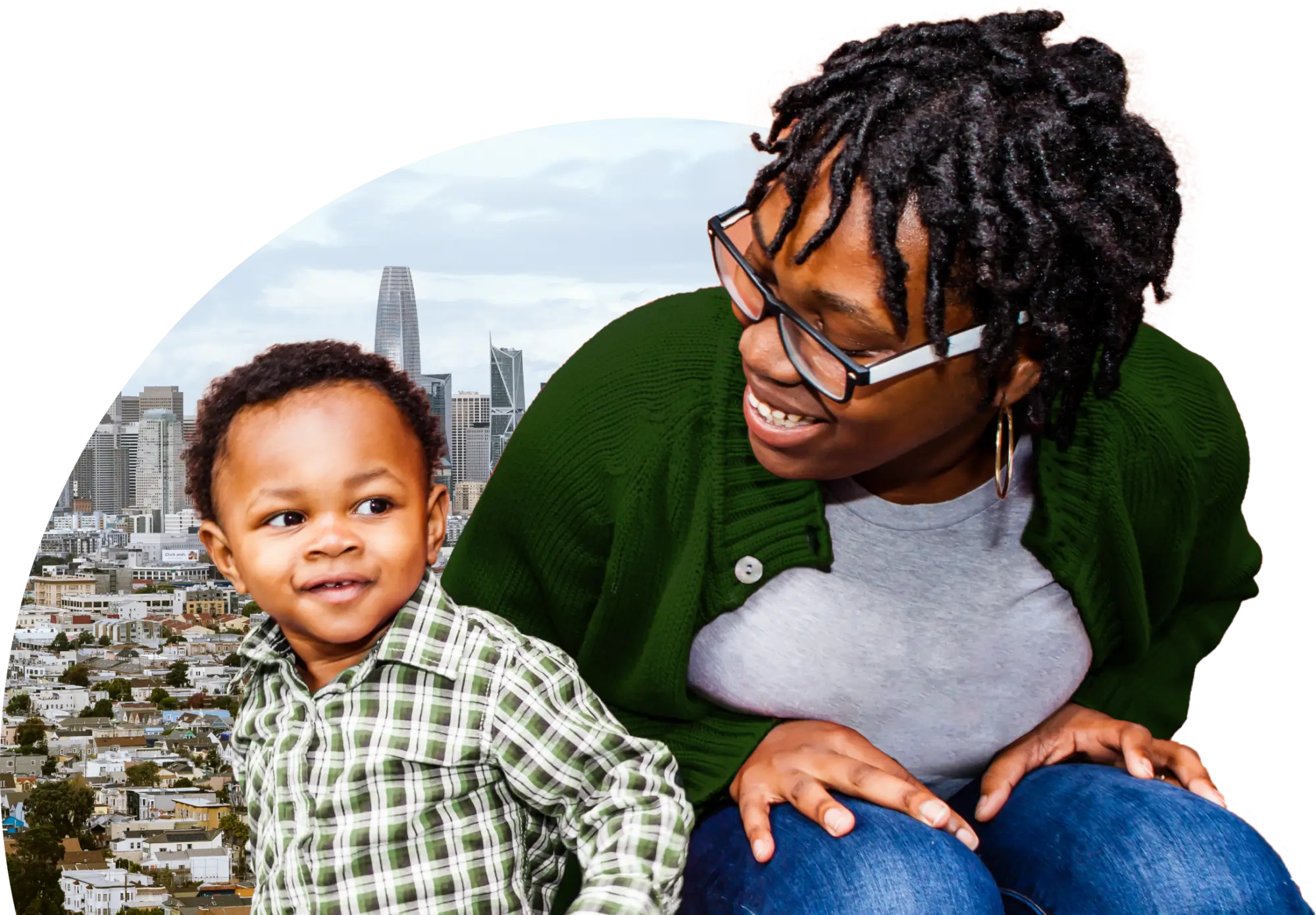Every year, hundreds of thousands of California children living in poverty do not receive all of the child support payments made by their parents.
For low-income parents, most of their child support payments do not go to their children. Instead, the majority of their payments go to pay back the government for the cost of public assistance. In California, more than 70 percent of outstanding child support debt is owed to the government—not children.
Few people understand this public assistance payback policy and its implications for low-income families. Here’s how it works. When a child receives certain public benefits, the child’s custodial parent, usually a mother, must sign over the rights to her child support payments to the government. The non-custodial parent, usually a father, must make child support payments to pay back the government for the cost of public assistance. In California, the first $50 of non-custodial parents’ payments go to their family to support their child; the balance goes to the government to pay back the cost of public assistance.
For example, for a parent who pays $300 a month in child support, only the first $50 goes to their child. The remaining $250 goes to repay the cost of pub-lic assistance. The public benefit programs that require repayment include Temporary Aid to Needy Families (TANF, known as California Work Opportunity and Responsibility to Kids, or CalWORKs in California), as well as Medi-Cal, Kin-GAP and Foster Care. If the payment is collected after it was due, parents are charged ten percent compound interest, and the entire amount of the delinquent payment is paid to the government, not to the child or their custodial parent.
In FY 2017-18, California collected $368 million in child support payments from low-income parents to pay back the government for the cost of public benefits. Nearly half of these payments went to the federal government ($176 million), and the rest went to the state of California ($168 million) and California counties ($23 million). National data indicates that the majority of these public assistance payback payments come from parents whose families no longer receive public benefits. Non-custodial parents continue to pay back public benefits debt, even after their family stopped receiving assistance.
We found that requiring parents to pay back public assistance harms parents and children, and that the current systems fail to meet the needs of low-income parents and families. To dig into these findings and our recommendations for reform, read the full report here.





